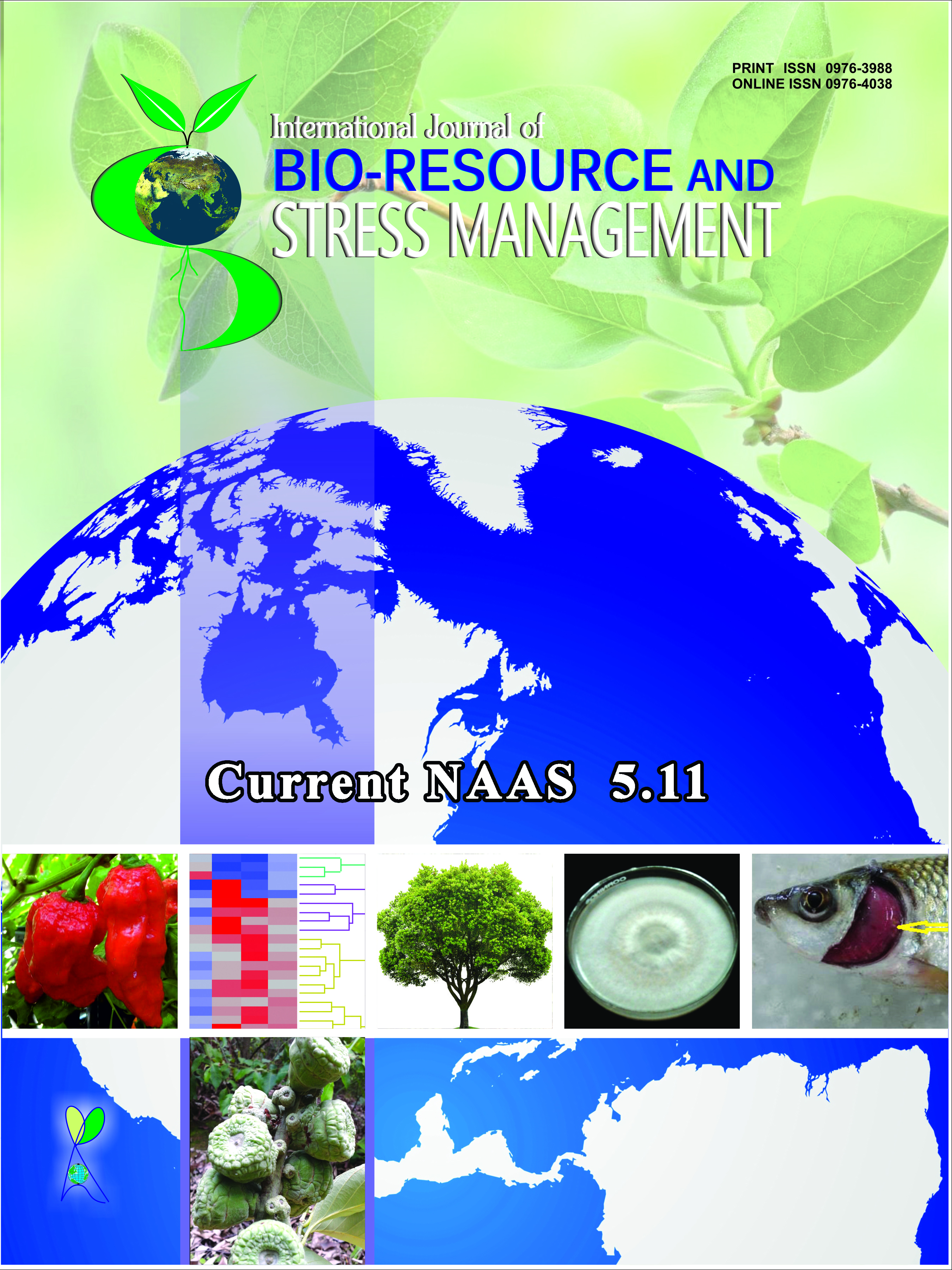Comparative Morphology and Anatomy of Few Mangrove Species in Sundarbans, West Bengal, India and its Adaptation to Saline Habitat
Keywords:
Mangroves, morphology, anatomy, adaptation, saline environmentAbstract
Mangroves cover large areas of shoreline in the tropics and subtropics where they are important components in the productivity and integrity of their ecosystems. High variability is observed among the families of mangroves. Structural adaptations include pneumatophores, thick leaves, aerenhyma in root helps in surviving under flooded saline conditions. There is major inter- and intraspecific variability among mangroves. In this paper described morpho-anatomical characters helps in identification of family and genus and species of mangroves. Most of the genus have special type of roots which include Support roots of Rhizophora, Pnematophores of Avicennia, Sonneratia, Knee roots of Bruguiera, Ceriops, Buttress roots of Xylocarpus. Morpho-anatomically the leaves show xerophytic characteristics. This morphological and anatomical response to local conditions may allow the trees to maximize their photosynthetic efficiency Most of the species are now endangered species due to environmental effects and human activities.
Downloads
Downloads
Published
How to Cite
Issue
Section
License
Authors retain copyright. Articles published are made available as open access articles, distributed under the terms of the Creative Commons Attribution-NonCommercial-ShareAlike 4.0 International License, which permits unrestricted non-commercial use, distribution, and reproduction in any medium, provided the original author and source are credited. 
This journal permits and encourages authors to share their submitted versions (preprints), accepted versions (postprints) and/or published versions (publisher versions) freely under the CC BY-NC-SA 4.0 license while providing bibliographic details that credit, if applicable.





